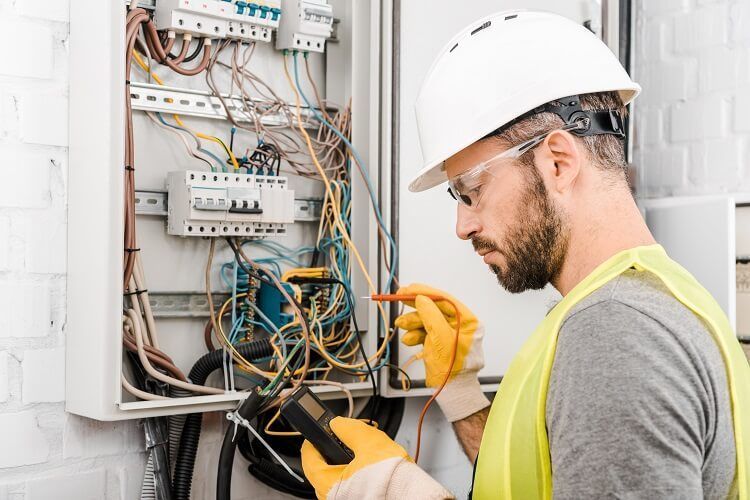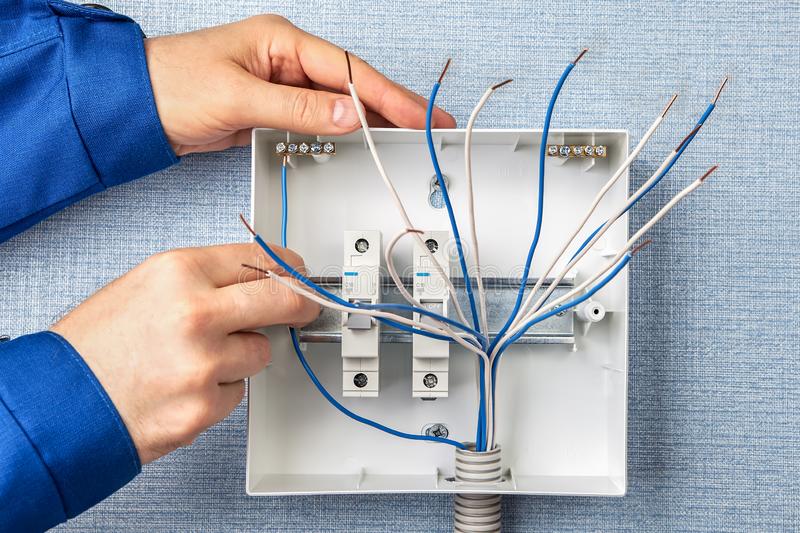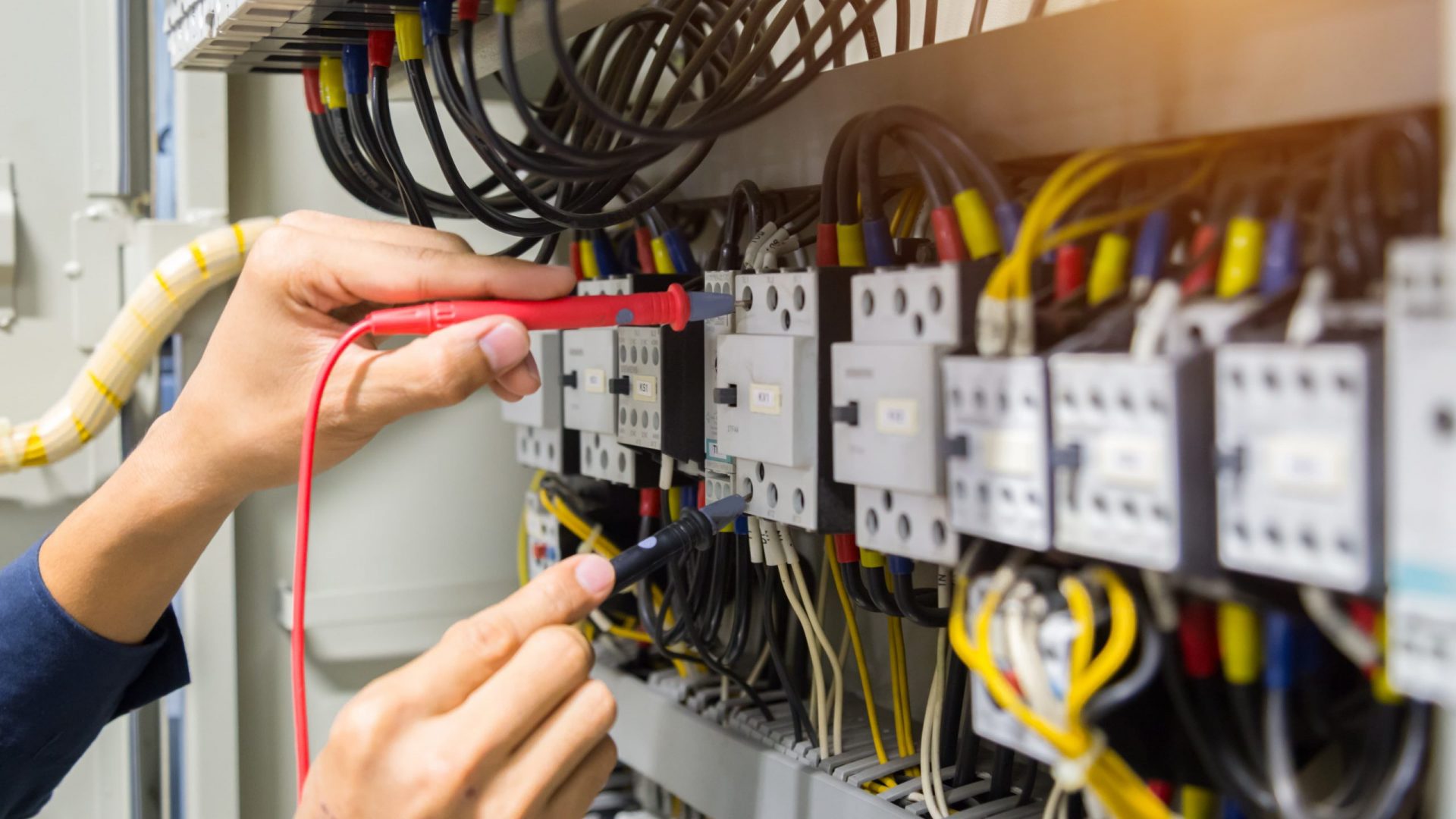
Guidelines for basic electrical for home wiring
Residential electrical codes do not typically need to be referenced when changing an existing light fixture, switch, or power outlet. However, you should consult a building inspector and adhere to all domestic electrical codes when running new electrical cables for new service.
This rule applies to tasks such as adding an electrical outlet or wiring multiple circuits. To ensure that all components are installed safely per local and national electrical codes, it is important to carefully review these codes before beginning a remodeling project or installing new electrical equipment. Adhering to these regulations can help prevent fires and electrical shocks.
We’ll go through some of the standard criteria for home electrical systems so you can understand domestic electrical codes.
You may get a basic sense of what electrical inspectors will look over before approving your work from this useful information. To ensure your electrical installation runs efficiently and safely, refer to this handbook on electrical codes, including specific requirements for each area.
National and Local Electrical Codes
The National Electrical Code (NEC), a sizable book that details national codes for residential and commercial wiring, is frequently cited by qualified electricians. Although you don’t necessarily need to buy this book, you might occasionally need to consult a copy in the library or an online version.
The NEC is frequently modified by local building authorities, and you must adhere to those local standards. It is common for neighboring communities to have substantially dissimilar laws. For instance, one location may accept plastic boxes while requiring metal boxes at another.
Before you start construction, get a local inspector to approve your wiring plans
Your building department may not compel you to change the wiring if the current wiring complies with local codes.
Typically, only newly constructed electrical work needs to comply with codes. If the outdated wiring is unsafe, you should replace it. You may be required to bring the entire house up to date with the current code if you undertake a significant remodeling project.
Loading and Grounding Circuits
Any electrical scheme, regardless of how straightforward or intricate, must begin with two factors. Make sure a circuit isn’t overloaded by the new service first. Verify that all outlets and appliances are securely grounded in the second place. Switches and lighting fixtures must likely adhere to local codes by being grounded. If a wire comes loose or a device or appliance breaks down, grounding prevents shock.
The ground wire (or metal sheathing) that connects to the service panel is required to be connected to all outlets and appliances. To find out which approach is acceptable, consult your local codes for residential electricity. The service panel should have a thick ground wire that extends out and is securely connected to a cold water pipe or grounding rods buried outside the house.
Grounding Methods
Only connect the ground wire to the receptacle if the box is made of plastic. Splice the ground wires together and use a pigtail to connect to the middle-of-run receptacle. Use a grounding screw to secure the ground wires to the box and the outlet when using a metal box.
Use a grounding wire nut and a pigtail
Systems with metal conduits or protected cables may not have a grounding wire. The sheathing or conduit serves as the ground path, so it needs to be tightly linked at all points.
Common Electrical Code Requirements
The most typical general specifications for house electrical systems are listed below. Naturally, requirements from regional building departments may differ. Electrical boxes are typically made of plastic, while some regions in the United States and Canada demand metal boxes. Purchase large boxes to prevent crowded cables. When possible, securely fasten them to a frame component or use renovation boxes that clamp to the wall. Appliances, fixtures, and receptacles: New appliances and receptacles must be grounded. Underwriters’ Laboratories should have authorized fixtures and appliances (UL).
Cable: Nonmetallic (NM) cable is the most user-friendly and widely recognized type of cable. Armored cable or conduit may be needed in locations where the cable is exposed rather than concealed by drywall or plaster.
All lights must be on 15-amp circuits because they make up the majority of 120-volt domestic circuits. It may be necessary to use 20-amp circuits in utility rooms and kitchens. Use 12-gauge wire for circuits rated at 15 amps and 14-gauge wire for circuits rated at 20 amps. The larger wire may be required for cable lengths longer than 500 ft.
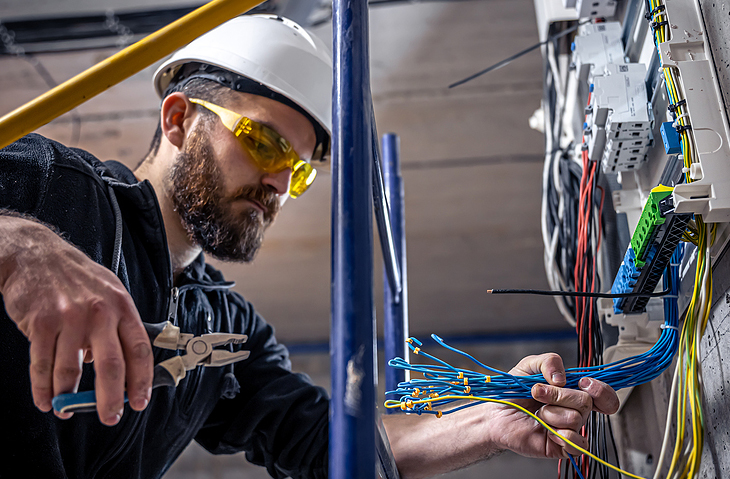
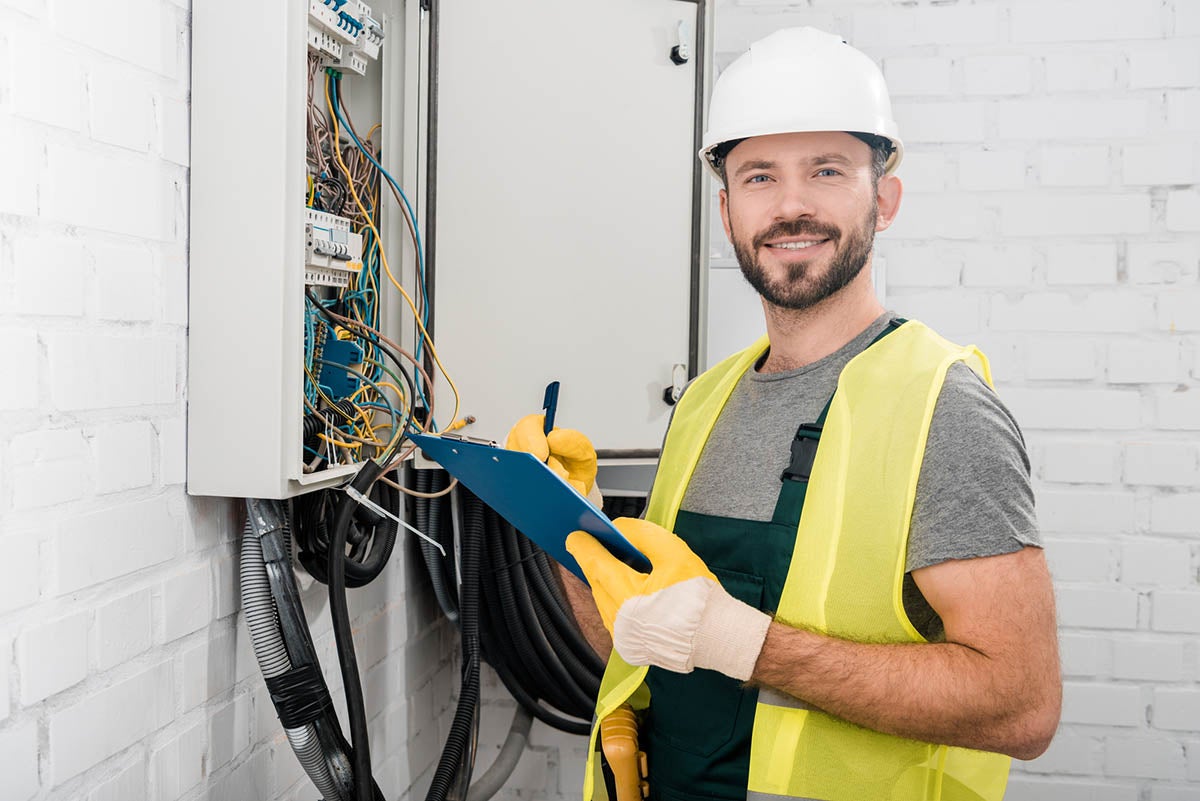
Speak with the building department
Service panels: Even if your service panel is only an old fuse box, it should be adequate as long as you do not need to add a new circuit. However, you may need to upgrade the panel or install a subpanel if you increase the number of circuits. It is recommended that you consult a licensed inspector or electrician.
What to Know About Residential Electrical Codes in Each Room
Residential electrical codes can be divided into those that apply to the entire house and those that only apply to certain rooms. The following are some general recommendations, but local laws may vary. Older wiring does not usually need to comply as long as it is safe, so these rules typically apply to new installations. These conditions are reasonable and not overly burdensome. Unsafe wiring would be produced if these requirements were not followed.
Bedrooms, living room, and dining room
Every room must have a wall switch that operates a switched outlet or a ceiling fixture that is placed close to the entry door. Pull chains are not permitted to operate any ceiling fixtures; wall switches are required. There must be at least one container on each wall spaced no more than 12 feet apart.
If the space between two doors is wider than two feet, a receptacle must be present. Light fixtures must be on 15-amp circuits, and receptacles are usually allowed to share a circuit with lights. A dedicated circuit may be required for a device that consumes a lot of electricity, such as a window air conditioner or a home cinema.
Hallways and stairways
At the bottom and top of each stairway, there must be a light fixture operated by three-way switches. Additionally, three-way switch-controlled lighting may be required for hallways. A minimum of one receptacle is required in each hallway more than 10 feet long.
Closets
There should be at least one overhead light switched on from the wall rather than being operated by a pull chain. Instead of a bare bulb, the light must have a globe since a bulb can become hot enough to ignite piles of clothing, blankets, or storage containers.
Attached garage
A minimum of one container is required, excluding containers used for laundry or other utilities. There should be an overhead light controlled by at least one wall switch in addition to a light that is a part of a garage door opener.
Kitchen
Many standards specify that two GFCI receptacles should be installed above counters and controlled by two 20-amp small appliance circuits. Other codes call for 15-amp split-circuit receptacles. It may be necessary to put the dishwasher, microwave, garbage disposal, and refrigerator on different circuits. The lights should be on a separate 15-amp circuit.
Bathroom
Codes require that all receptacles be GFCI-protected. To keep out moisture, every light fixture needs to have a sealed globe or lens. Possible power requirements for a fan, light, or heater include a separate circuit.
Outdoors
Conduit, waterproof underground feed (UF) cable, or both are required for standard-voltage wiring. Local codes determine the depth at which the cable must be buried. There is a need for unique waterproof fittings and covers.
Low-voltage lighting has looser regulations, and typically no permits are required.
Conclusion
We are sure that our blog on guidelines for basic electrical home wiring would have been an eye-opener. Electrical home wiring is important for both new and already constructed homes. If you wish to work on home wiring, you should reach out to a skilled and experienced electrician for help. A word of caution: do not attempt it yourself, as chances are you may go wrong, and it could damage your property and cost you a lot of money.


